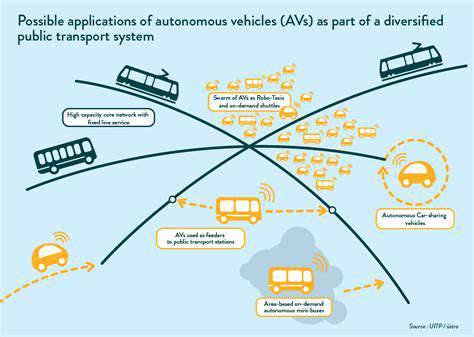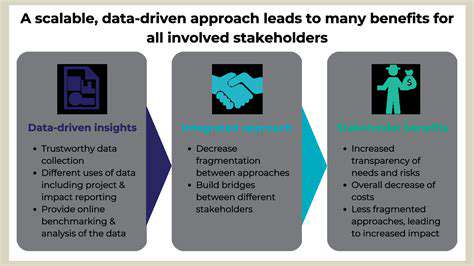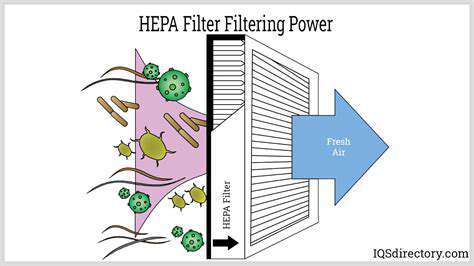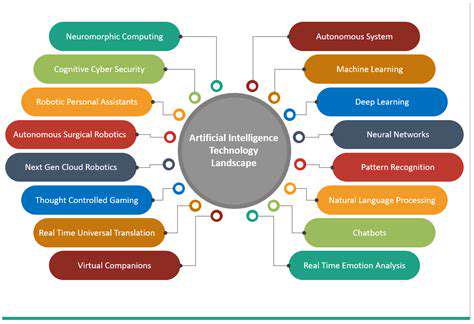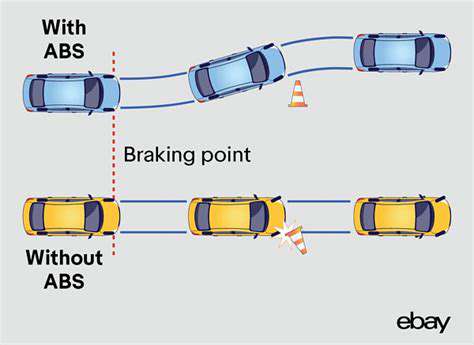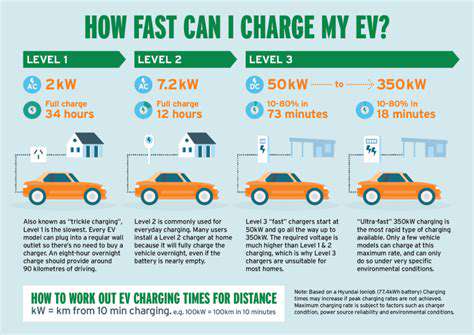Beyond the Basics: Understanding Other Driver Assist Features
Advanced Adaptive Cruise Control (ACC)
Modern vehicles now incorporate Adaptive Cruise Control (ACC), a significant upgrade from traditional cruise control. Instead of merely maintaining a set speed, this system actively adjusts your car's velocity to keep a safe gap from the vehicle ahead. Particularly useful in congested traffic or during highway driving, ACC ensures smoother transitions and minimizes collision risks. The technology relies on radar or similar sensors to monitor surrounding traffic patterns and make real-time adjustments.
Some high-end ACC implementations even handle stop-and-go scenarios. When traffic grinds to a halt, these systems can bring your car to a complete standstill and resume motion automatically when conditions improve. This functionality proves invaluable during rush hour or in heavy urban traffic.
Lane Keeping Assist
The Lane Keeping Assist (LKA) feature represents a major advancement in vehicular safety. Using sophisticated camera systems, it continuously scans road markings to detect any unintentional lane drifting. When necessary, it intervenes with subtle steering corrections or tactile feedback through the wheel. This preventive measure significantly reduces accidents caused by momentary lapses in driver attention.
While LKA performance depends on visible lane markings and weather conditions, drivers should remember it's an assistance feature, not a replacement for attentive driving. Proper road awareness remains essential at all times.
Blind Spot Monitoring (BSM)
Blind Spot Monitoring (BSM) systems address one of the most dangerous aspects of driving. Through radar or camera arrays, these systems detect vehicles in areas not visible through standard mirrors. Visual alerts typically appear in side mirrors or instrument clusters, providing crucial early warnings for lane changes.
Many modern BSM packages include Rear Cross-Traffic Alert (RCTA), especially valuable when reversing from parking spaces. This secondary feature scans for approaching vehicles that might otherwise go unnoticed.
Automatic Emergency Braking (AEB)
Considered one of the most important safety innovations, Automatic Emergency Braking (AEB) can literally be life-saving. The system constantly monitors the road ahead using advanced sensors. When it detects an imminent collision - whether with another vehicle, pedestrian, or obstacle - it automatically applies brakes to either prevent impact or reduce its severity.
AEB capabilities vary between manufacturers, with some systems specifically designed to recognize vulnerable road users like cyclists and pedestrians, while others focus primarily on vehicle detection.
Parking Assist Systems
Parking technologies have evolved dramatically in recent years. Modern systems combine proximity sensors with intelligent algorithms to simplify parking maneuvers. Basic versions provide distance alerts, while more advanced implementations can actually take control of steering to execute perfect parallel parks in tight urban spaces.
These systems benefit all drivers, from novices who need guidance to experienced motorists facing challenging parking scenarios.
Traffic Sign Recognition (TSR)
The Traffic Sign Recognition (TSR) system acts as an extra set of eyes on the road. Using high-resolution cameras, it identifies and interprets road signs, displaying important information like speed limits directly on the dashboard. This feature helps drivers maintain compliance with changing traffic regulations, especially in unfamiliar areas.
While TSR provides valuable assistance, drivers must remain observant as the system may occasionally miss temporary or obscured signage.
Driver Attention Warning Systems
Modern vehicles increasingly incorporate Driver Attention Warning Systems (DAWS) to combat fatigue-related accidents. These sophisticated monitors analyze driving patterns - including steering inputs, pedal usage, and vehicle positioning - to detect signs of distraction or drowsiness. When concerning patterns emerge, the system issues alerts ranging from dashboard warnings to steering wheel vibrations.
By encouraging timely breaks and increased awareness, these systems play a crucial role in preventing accidents caused by driver fatigue.
